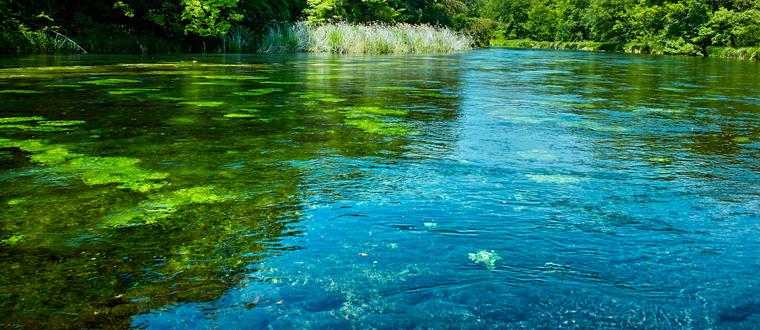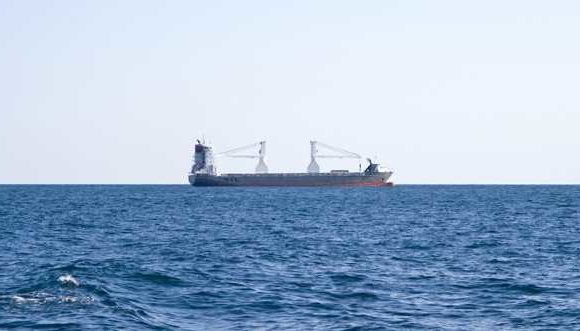Alternative Biofuel Source: Why Algae?

By Aaron Turpen
Some common questions about the use of algae as an alternative biofuel source regard the already relatively wide-scale production and use of other biofuels like ethanol, soy biodiesel, and similar products. These are good questions and must be answered.
Most of these biofuel sources use existing food crops (called “feedstock” in the industry) to create fuels. In other words, they remove these feedstocks from the grocery shelves in favor of making fuels out of them. In the case of corn alone, this has meant a marked increase in the price of corn in world markets. It means less corn on the dinner table. Corn is a staple food in this country and is not easily replaced as such. Soy, on the other hand, is a “background” feedstock used as filler in animal feeds, vegetable oils, and more.
In addition, using any food as an alternative fuel means that the crop lands used to grow those foods are not growing them for human or animal consumption, but instead for the consumption of your automobile. This takes food off your grocery shelves. Many farmers are finding it more profitable to grow for the fuel market than for the food market, especially with all the federal government subsidies being given for doing so, and are therefore growing less and less food for us to eat. Not good.
Algae, on the other hand, is not often used for anything more than supplements to diets and are not grown in regular farm lands used to grow most foodstuffs. Algae, instead, grows in swamps and other areas where food production is not common. This makes it a great choice in that algae does not remove any of the aspects of our normal food production from the markets, thus creating a new market for growers instead of replacing current markets.
In a later post, we’ll look at harder numbers regarding this phenomenon.















